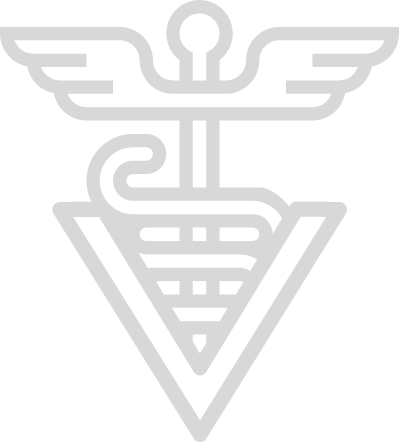- Overweight, Fat, or Obese
- Reluctant to Move, Walk. Not Under Saddle
- Digital Pulse Can Be Felt in Foot
- Rough Hoof Wall, Lines or Rings on Hoof Wall
- Saw-Horse Stance, Hind Limbs Under & Front Limbs Forward
- Drinking Excessively
- Dished Front of Hoof Wall
- Lameness, Severe, Cannot Support Weight on Limb
- Lameness, Chronic Front Limb
- Lameness, Generally
- Heat in Hoof Walls, Foot or Feet

YOU ARE OBSERVING
Cresty Neck, Fat along Topline, or around Tailhead
Summary
A thick and heavy crest is considered abnormal and usually occurs in conjunction with obesity, Equine Metabolic Syndrome (EMS), and sometimes PPID (Cushing's Disease), or a combination of these conditions. All of these are associated with laminitis (founder). For this reason, this observation should be taken seriously.
A reasonable amount of fat along your horse's neck and back, with no other sign of any problems or abnormalities may not be cause for concern. A modest amount of crest is within normal limits for many horses. But it can be difficult to discern what is normal for a particular horse, given that some breeds normally carry more weight in the neck area, such as Morgan horses, and certainly some donkeys. Likewise, there is a fine line between an "Easy Keeper" and an overweight horse. That said, huge, floppy crests and excessive top-line fat can be a sign of impending problems for donkeys too.
In many cases, horses that are fat over the neck will also have accumulation of fat on either side of the tail head and along the back.
-
Code Yellow
Contact Your Vet at Your Convenience for an Appointment- To discuss your equine's general health and management.
your role

What To Do
Try to determine whether your horse's neck and top-line are abnormally fatty or not. Take photos and send them to your vet for discussion.Assess your horse's body condition score, and their general health using the Whole Horse Exam (WHE). Pay particular attention to the presence or absence of apparent lameness or stiffness. Assess the feet for digital pulse and heat. Share your findings and concerns with your vet.
What Not To Do
Do not ignore this observation, thinking that the horse is simply an "easy keeper."
Skills you may need
Procedures that you may need to perform on your horse.
your vet's role

- What is fed to the horse?
- Does the horse show any signs of lameness or resistance to move?
- How is the horse managed?
- What is the horse's age, sex, breed and history?
- Is the horse kept with other horses?
- What is the horse's exercise program?
- What are the results of the Whole Horse Exam (WHE)?
Diagnostics Your Vet May Perform
Figuring out the cause of the problem. These are tests or procedures used by your vet to determine what’s wrong.
Diagnoses Your Vet May Consider
The cause of the problem. These are conditions or ailments that are the cause of the observations you make.
Treatments Your Vet May Recommend
A way to resolve the condition or diagnosis. Resolving the underlying cause or treating the signs of disease (symptomatic treatment)
